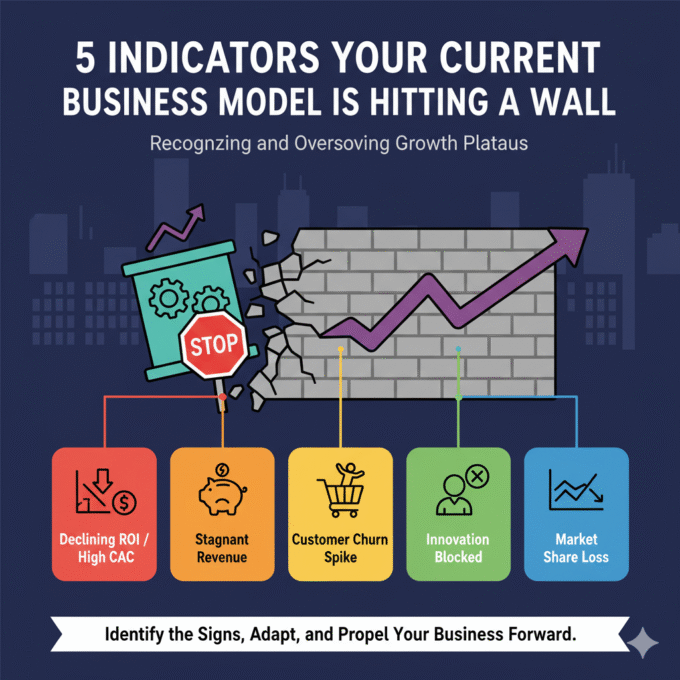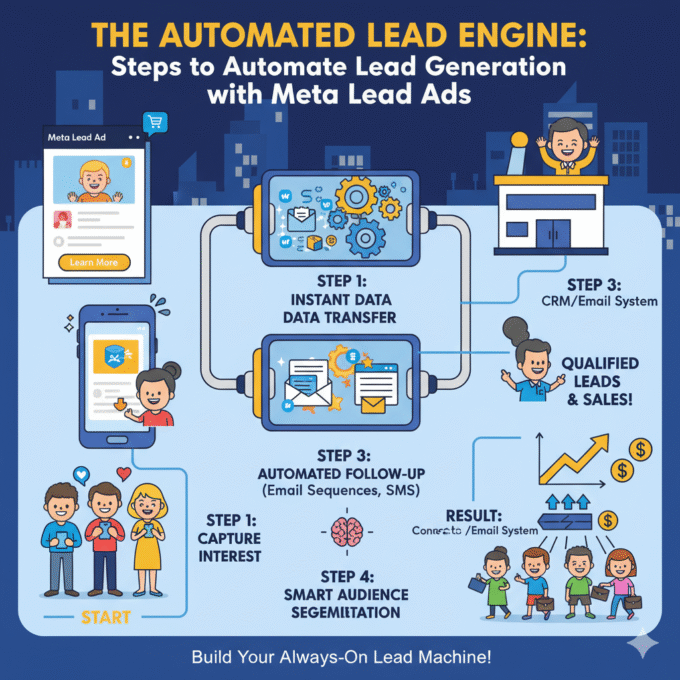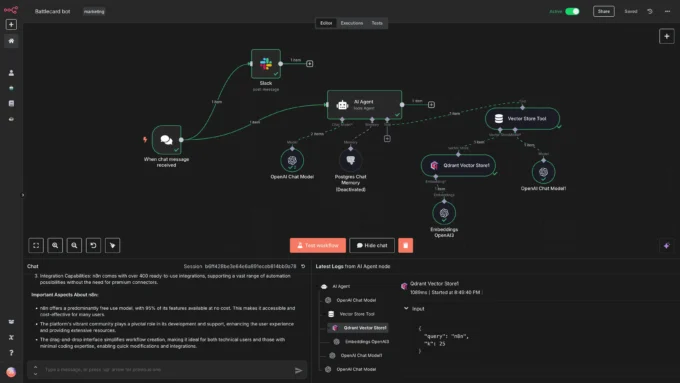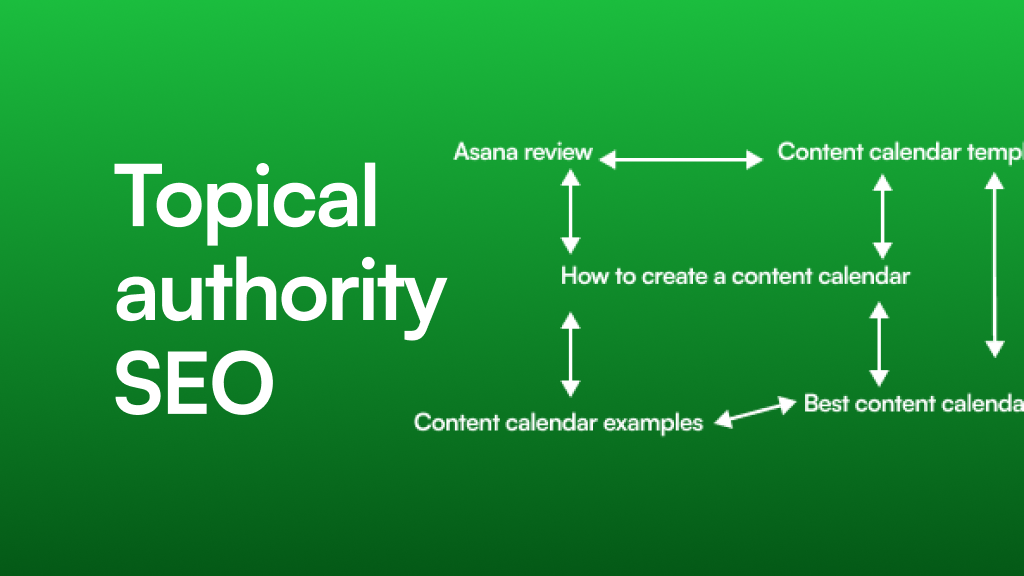
The 7-Step Topical Authority Sprint in 90 Days: A Rigorous Plan for Dominating Niche Search Results
September 28, 20255 Mins read19 ViewsThe 7-Step Topical Authority Sprint in 90 Days: A Rigorous Plan for Dominating Niche Search Results
In a digital world overflowing with content, simply targeting a single keyword is no longer enough to win the top spot on Google. The search engine has evolved. It no longer just looks for a keyword match; it seeks expertise, experience, authoritativeness, and trustworthiness (E-E-A-T). In short, Google wants to see you as the definitive expert on a topic, not just a writer on a single keyword.
This is the power of topical authority. It’s the SEO strategy of the future, and it’s how you can cut through the noise, build brand credibility, and dominate your niche.
But building topical authority isn’t a passive process—it’s a deliberate, structured, and often aggressive effort. This guide will outline a rigorous, 90-day sprint to help you establish complete topic clusters and establish yourself as a subject matter expert, positioning your business for long-term organic success.
What is Topical Authority and Why It’s Your New SEO Superpower
At its core, topical authority SEO is the process of demonstrating comprehensive knowledge and expertise on a specific subject area. Instead of publishing scattered, random articles, you create a cohesive, interconnected body of content that signals to search engines that you understand a topic from every angle.
When Google’s algorithms (like BERT and MUM) recognize this depth, they don’t just rank your individual articles higher—they elevate your entire website for that topic. This means you can begin to rank for a wide array of related long-tail keywords, increase your organic traffic, and build a powerful, resilient SEO foundation that is less vulnerable to algorithm updates.
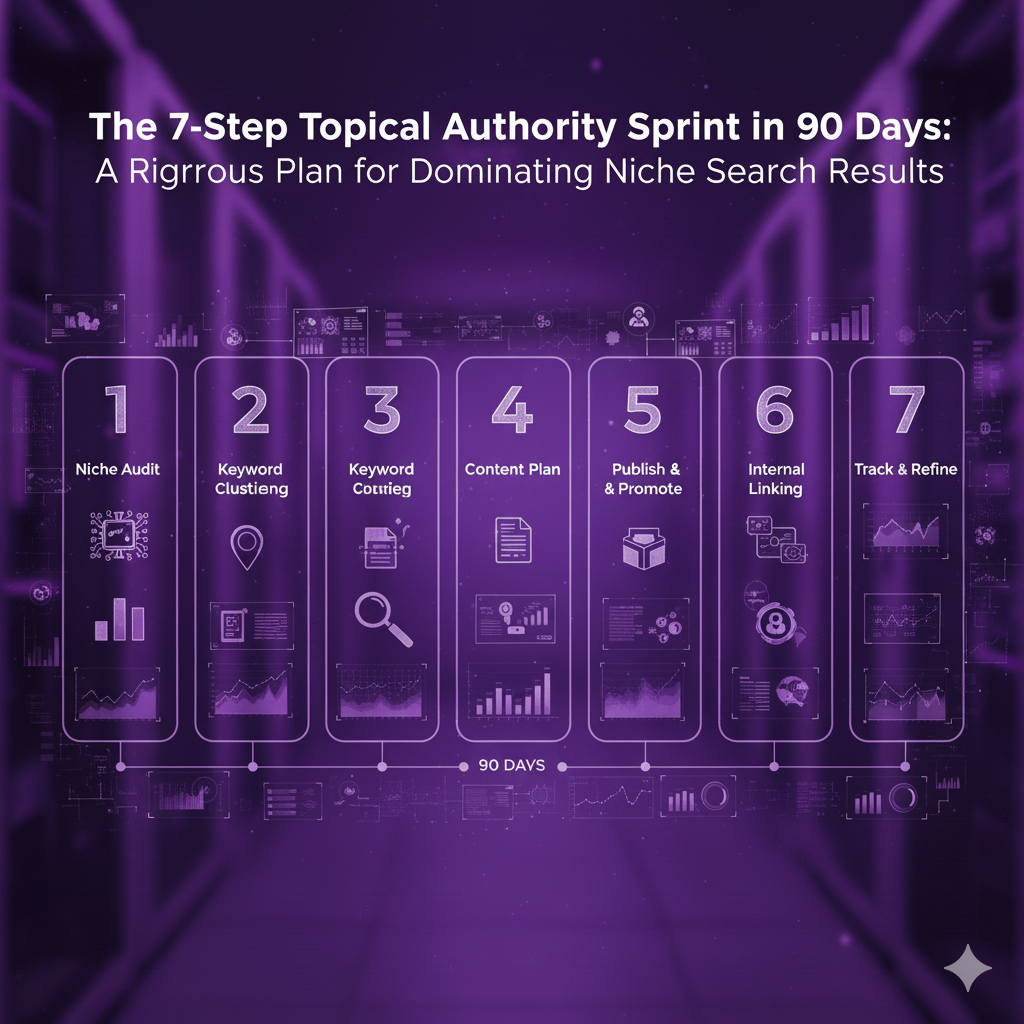
The Core Concept: Pillar Pages and Content Clusters
The tactical foundation of building topical authority is the content cluster strategy. This model consists of two key components:
- Pillar Content: This is a comprehensive, long-form guide on a broad topic. Think of it as the “hub” of your content cluster. It provides a high-level overview, touches on all the key sub-topics, and serves as the central point for a topic. A pillar page can be anything from 2,000 to 5,000+ words. A classic example would be “The Ultimate Guide to Digital Marketing.”
- Cluster Content: These are individual articles or blog posts that “spoke” out from the pillar page. Each piece of cluster content dives deep into one specific sub-topic mentioned in the pillar page. For example, a “Digital Marketing” pillar page might be supported by cluster articles on topics like “How to Run a Google Ads Campaign,” “The Best Social Media Tools for B2B,” or “5 Steps to Mastering Email Marketing.”
The magic of this structure lies in its internal linking. Each cluster article links back to the main pillar page, and the pillar page links out to all the cluster articles. This creates a powerful, logical network that helps both search engines and users navigate your content and understand your expertise.
The 90-Day, 7-Step Topical Authority Sprint Plan
This is not a slow-and-steady strategy. This is a focused, 90-day sprint designed to build momentum and achieve significant results in a short amount of time.
Step 1: Ideation & Topic Selection (Days 1-7)
This is the most critical step. Your success hinges on choosing the right topic.
- Choose a Broad, Relevant Topic: Select a topic that is central to your business or industry and has a healthy search volume. It should be a topic that you can credibly claim expertise on.
- Conduct In-Depth Keyword Research: Use SEO tools to identify a broad “pillar” keyword (e.g., “SaaS marketing strategy”) and at least 15-25 long-tail, cluster keywords that are related to it (e.g., “SaaS content marketing,” “SaaS SEO checklist,” “freemium vs. free trial SaaS”). Group these keywords by search intent (informational, commercial, etc.) to ensure your content covers all user needs.
- Analyze the Competition: Look at the top-ranking pages for your pillar keyword. What are they covering? Where are the content gaps? Your goal is not to copy them but to create a more comprehensive and valuable resource.
Step 2: Pillar Content Creation (Days 8-30)
Your pillar page is the foundation of your sprint. This content must be exceptional.
- Write a Definitive Guide: The goal is to create the single best resource on the internet for your chosen topic. It should be a comprehensive guide that outlines everything a beginner or intermediate user needs to know.
- Structure for Success: Use a clear hierarchy with H1, H2, and H3 tags. Include a table of contents with jump links to make the long-form content easy to navigate. Don’t go into excessive detail on every sub-topic; instead, introduce it and then promise a deeper dive in a linked cluster article.
- Add Value: Include original graphics, custom images, expert quotes, and even video to make the content stand out.
Step 3: Cluster Content Outlining (Days 15-30)
To maximize efficiency, begin outlining your cluster content while you’re still writing your pillar page.
- Create 15-25 Outlines: For each long-tail keyword you identified, create a detailed outline for a unique blog post. Each outline should be a deep dive into that specific topic.
- Focus on a Single Intent: Each cluster article should focus on a specific, targeted question or problem. This ensures you’re providing highly specific value and not just rehashing your pillar page.
Step 4: Cluster Content Production (Days 31-75)
This is the heaviest lift of the sprint. Consistency is key.
- Aggressive Publishing Schedule: Commit to publishing 2-3 high-quality cluster articles per week. This rapid publishing velocity signals to Google that you are actively building a knowledge hub and helps you quickly cover the topic from every angle.
- Maintain High Quality: While speed is important, do not sacrifice quality. Every cluster article must be well-researched, well-written, and genuinely useful to the reader.
- Create a Template: Use a template to ensure consistency in your article structure, formatting, and linking.
Step 5: Internal Linking Strategy (Throughout Production)
This step happens in real-time as you publish content.
- The Hub-and-Spoke Model: As you publish a cluster article, immediately add an internal link from that article back to the pillar page using a keyword-rich anchor text.
- Link Between Clusters: Where relevant, link to other articles within the cluster. For example, an article on “email marketing tools” could link to an article on “welcome email series” if the content is topically relevant. This strengthens the entire content network.
- Update the Pillar Page: As each cluster article goes live, add a link from the pillar page to the new article. This is crucial for guiding both users and search engine crawlers through your content.
Step 6: Promotion & Distribution (Ongoing)
Your content won’t work magic on its own.
- Share on Social Media: Announce each new article on your social channels, driving immediate traffic.
- Email Newsletter: Feature your pillar page and new cluster articles in your weekly or bi-weekly email newsletter.
- Syndication and Outreach: Look for opportunities to promote your content on relevant forums, communities, and industry websites. Consider guest posting and linking back to your new pillar page (when appropriate).
Step 7: Analysis & Iteration (Days 76-90+)
The sprint may be over, but the work is not.
- Track Your Performance: Use Google Analytics and Google Search Console to monitor key metrics: organic traffic, keyword rankings, time on page, and bounce rate.
- Identify Content Gaps: After the sprint, use your keyword data to see what related topics you missed.
- Update and Refresh: Look for underperforming articles. Can they be improved with more detail, updated information, or better visuals? A topical authority strategy is a continuous process of refinement.
By following this rigorous 90-day plan, you will move beyond simply publishing content and begin building a robust, authoritative content ecosystem. The initial effort is high, but the payoff is immense: a dominant search presence, increased organic traffic, and a powerful brand reputation as the go-to expert in your field.
More News
The Data Integrity Check for Google Analytics
How It Works: The Data Integrity Check for Google Analytics In the...
October 21, 2025The Solo Founder’s Decision Matrix: Prioritizing Marketing Channels Based on ROAS
The Solo Founder’s Decision Matrix As a solo founder, your most precious...
October 21, 20255 Indicators Your Current Business Model is Hitting a Wall
5 Indicators Your Current Business Model is Hitting a Wall The success...
October 21, 2025The Automated Lead Engine: Steps to Automate Lead Generation with Meta Lead Ads
Steps to Automate Lead Generation with Meta Lead Ads Meta Lead Ads...
October 20, 2025META Andromeda update main secret
Creative as a Data Signal: How Meta’s Andromeda Update Rewrote the Rules...
October 20, 2025Meta Andromeda: The Next-Generation AI Engine for Performance Growth
I. Executive Summary: The Andromeda Paradigm Shift 1.1. Introduction to the AI...
October 14, 2025The Data Integrity Check for Google Analytics
How It Works: The Data Integrity Check for Google Analytics In the...
October 21, 2025The Solo Founder’s Decision Matrix: Prioritizing Marketing Channels Based on ROAS
The Solo Founder’s Decision Matrix As a solo founder, your most precious...
October 21, 20255 Indicators Your Current Business Model is Hitting a Wall
5 Indicators Your Current Business Model is Hitting a Wall The success...
October 21, 2025The Automated Lead Engine: Steps to Automate Lead Generation with Meta Lead Ads
Steps to Automate Lead Generation with Meta Lead Ads Meta Lead Ads...
October 20, 2025




